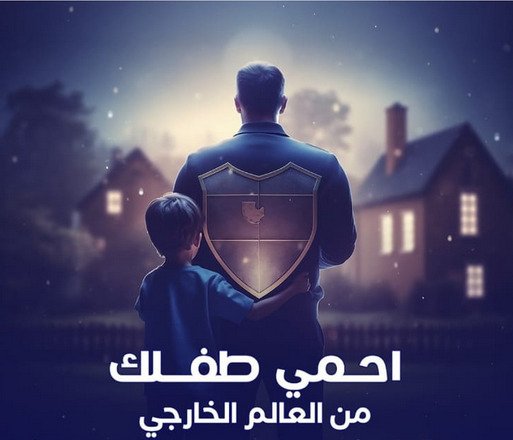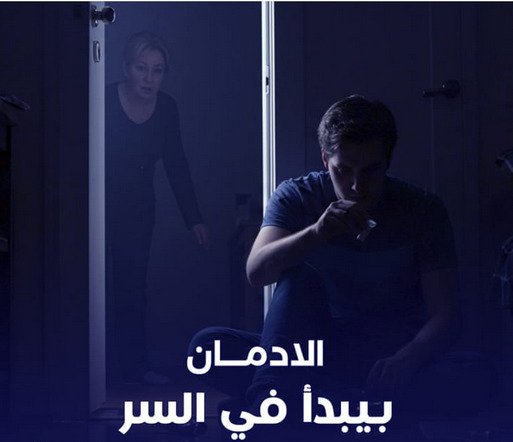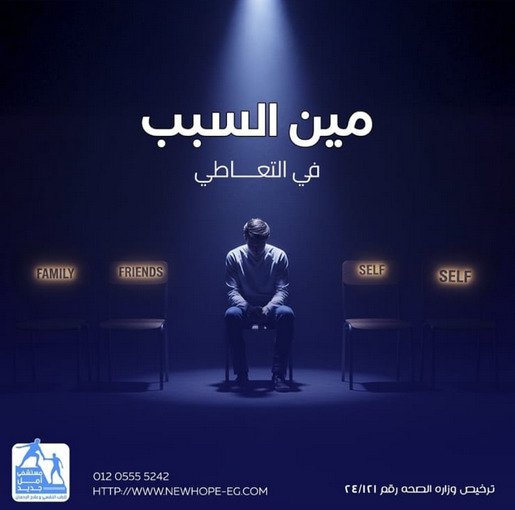Protecting your child from the dangers of the outside world, especially smoking and drugs, requires a combination of Awareness, monitoring, and building strong trust The basic idea is that the child feels safe with you and understands for themselves why they should stay away from these dangers, rather than just being given orders.
1. Build a strong and secure relationship
Listen before you guide: Make your child feel that they can tell you everything that is happening to them without fear of immediate punishment.
Spend time with him: Shared activities that promote closeness, such as sports, cooking, or games.
Support self-confidence: Confident children are less likely to be swayed by peer pressure.
2. Early awareness
Explain the risks in language appropriate for their age.
Don’t use excessive scare tactics; instead, explain the factual realities of the damage smoking and drugs do to health, studies, and social life.Personal example
If the adults in the house do not smoke, this sends a stronger message than any words could.Talking about peer pressure
Teach him to say “no” politely, and give him practical examples of situations he might encounter.
3. Smart monitoring
Get to know your child’s friends and make sure you are familiar with their environment.
School follow-up to ensure his level and behavior.
Set clear boundaries for permitted activities and places.
4. Involve him in alternative activities
Sports, arts, volunteering, or any hobby that keeps him busy and prevents him from falling into bad company.
Encourage him to join positive teams or groups.
5. Early warning signs
Watch for sudden changes such as:
Decline in academic performance.
Isolation from family or sudden change of friends.
Severe mood swings or a sloppy appearance.
Strange smells or suspicious tools.
6. In case of doubt or confrontation
Don’t react with immediate anger, but rather calmly gather information.
You may need to consult a psychologist or social worker if signs of abuse appear.
Be supportive, not judgmental. Support helps children back down.
Remember:
The best way to protect your child is not to watch them 24 hours a day, but to teach them how to protect themselves even when you are not there.








